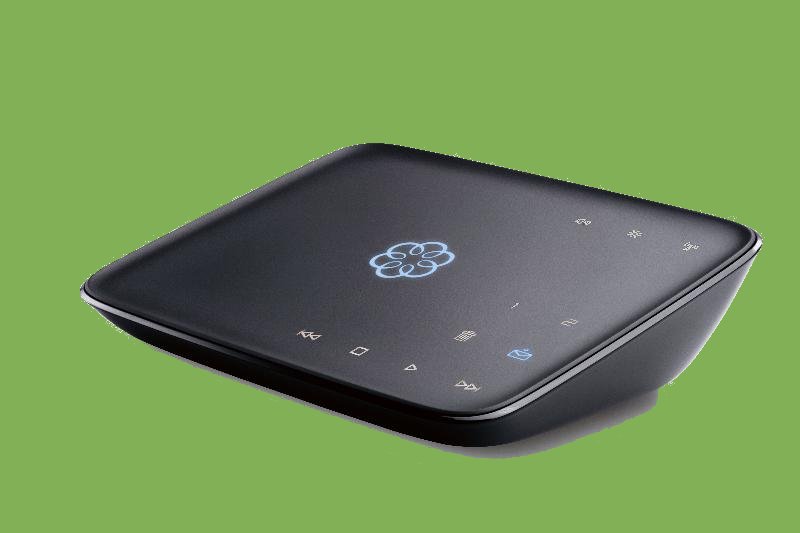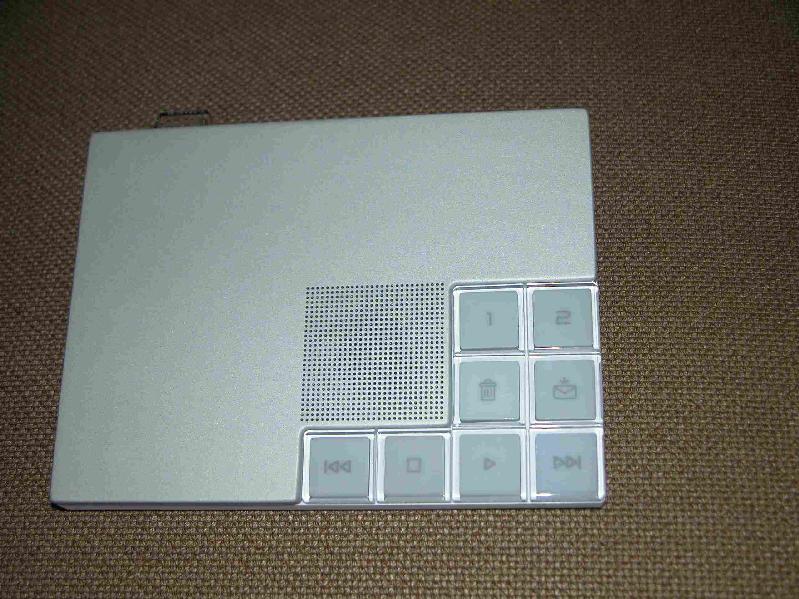
In the long run, this is a more economical option than traditional
telephone service, phone service from your cable company, or even
services with a monthly fee such as Vonage. You take a risk that with
today's economy the company might go under or be forced to change its
pricing model, which might cause you to lose this investement. But,
with the cost of the unit, the break even point is 10 months or
earlier (depending on the cost of your current phone service), so if
you get through this many months, the service has paid for itself. It
is a risk I chose to take.

This page discusses the Ooma Telo and the Ooma Core system which is sometimes refered to as the Ooma Hub and Scout. Where there are differences, I will indicate which system I am referring to. I have had my unit, and Ooma core system, for about eight months now and I am extremely happy with it. The voice quality is excellent and I have found the service to be reliable. Occasionally I experience dropped calles, and also on occasion, I will hear the caller, but they will not hear me, but I believe those are problems with Time Warner, my internet service provider who on many occasions has difficulty routing packets on the Internet. Thus, you need to be aware that reliability depends not only on Ooma, but also on the reliability of your internet service provider. Such issues exist for all internet phone services.
 One of the selling points for Ooma (both Telo and Core), over
traditional voice over ip (VOIP) services is the ability to integrate
a landline with the service. If you keep a landline (with its
inherent costs) you can plug it into the Ooma hub or Telo (the box), and in
the event of power failure or internet outage, the landline will be
fed through to the phones connected on the other side so that you can
still make calls.
One of the selling points for Ooma (both Telo and Core), over
traditional voice over ip (VOIP) services is the ability to integrate
a landline with the service. If you keep a landline (with its
inherent costs) you can plug it into the Ooma hub or Telo (the box), and in
the event of power failure or internet outage, the landline will be
fed through to the phones connected on the other side so that you can
still make calls.
Unfortunately, I have found this landline integration to be less than I was expecting. To get the full benefit of integration, whereby a call TO your landline, will also ring on the Ooma phones, requires that you have them configure the Hub in such a way that all your local outgoing calls go out on the landline (for this reason, they require that your landline have unlimited local calling). Long distance calls are automatically routed via the Internet, however. For some this might be fine, and has a benefit that you get landline quality calls for your local calls (though I have found the internet calls via Ooma to be of that quality anyway - especially since my ATT landline had some noise issues of its own). That wasn't right for me, since I wanted to drop the service level on my landline to the bare minimum, i.e. measured service, and no calling features, using it primarily for inbound fax calls.
Despite this limitation, I still really like the Ooma system and will keep it as the system I use for my primary line. The setup in general is simple, although there are some issues that come up if you run servers on your home network that you want to reach from outside. I will write more about those issues soon. Overall, Ooma is definitely worth a try and you will likely find it to be the most relaible, and higest quality among the low cost options available for home phone service.
Additionally, the integration of the Ooma features right into the cordless phone system simplifies system setup. I have an Ooma Core, and a separate DECT multi-handset cordless phone, which I have connected through my house phone wiring. The setup for the Ooma Telo is much simpler, just plug the Tello into the internet, period.
In addition to the features already available, there are several other features rumored to be in the pipline including blue tooth support, a limited iPhone app, and even better voice quality (it is already great) through their Pure Voice enhancements that expected to improve call quality, especailly if you are using Ooma through congested networks.